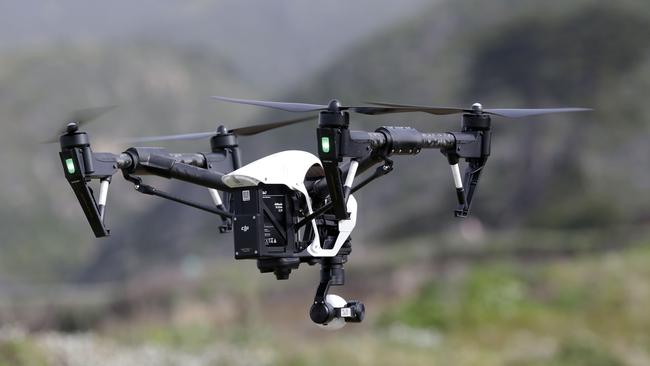Don’t be too quick to dismiss advances in technology
Beware the nay-sayers. History reveals some of them were spectacularly wrong.

Beware the nay-sayers — those negative souls with a minus sign invisibly yet indelibly stamped on their foreheads. Through arrogance, stupidity or complacency, they can’t understand the pervasiveness of technological change.
Guy Kawasaki, the man who in 1984 marketed Apple’s groundbreaking Macintosh, says forward-looking companies should avoid these “bozos” at all costs. Speaking at the CeBIT Australia fair this week, he gave two cringe-worthy moments in prognostication that made his point.
“This telephone has too many shortcomings to be seriously considered as a means of communication. The device is inherently of no value to us,” said a Western Union internal memo of 1876.
And Ken Olsen, founder of Digital Equipment Corporation, once said: “There is no reason why anyone would want a computer in their home.”
Go online and you can find dozens of nay-sayers, whose predictions have come back to haunt them.
There’s a columnist writing about the iPhone for Bloomberg in January 2007: “The big competitors in the mobile phone industry such as Nokia Oyj and Motorola won’t be whispering nervously into their clamshells over a new threat to their business.
“The iPhone is nothing more than a luxury bauble that will appeal to a few gadget freaks. In terms of its impact on the industry, the iPhone is less relevant.”
There’s Ferdinand Foch, supreme commander of Allied forces at the end of World War I, who predicted: “Aeroplanes are interesting toys but of no military value.”
And don’t forget Harry Warner, one of the founders of Warner Bros, who in 1927 said: “Who the hell wants to hear actors talk?”
As you can see, many of these are people in the highest echelons, and academe too, such as Irving Fisher, Yale professor of economics, who in 1929 before the famous crash said: “Stocks have reached what looks like a permanently high plateau.”
There’s Pierre Pachet, professor of physiology at Toulouse, who in 1872 is reported as saying: “Louis Pasteur’s theory of germs is ridiculous fiction.”
What about the Japanese car industry’s long-term prospects? In 1968 in the US, Business Week said: “With over 50 foreign cars already on sale here, the Japanese auto industry isn’t likely to carve out a big slice of the US market.”
So when someone says to you, “when pigs fly”, it could happen tomorrow, don’t even write off today.
Code leader
It’s not often you find a world leader who writes computer code but Singapore’s Prime Minister Lee Hsien Loong is an exception.
He has just posted C++ code on Facebook that can solve Sudoku puzzles. “I told the Founders Forum two weeks ago that the last computer program I wrote was a Sudoku solver, written in C++ several years ago,” he says. “Someone asked me for it. Here is the source code, the exe file, and a sample printout.” Lee posted more than 200 lines of code that he’d written at that time.
It puts him one up on Barack Obama,who last year was reported as the first president to write code, in his case a line of JavaScript to draw a square. Lee studied computer science and maths at Cambridge University, which would give him a leg up.
Here come the autonomous drones
Drone technology is developing rapidly. There’s particular focus on autonomous drones. These have on-board computers programmed to fly by themselves, so they don’t need to be actively piloted.
They can fly around a region to spot vegetation disease, conduct all-night surveillance of a highway for oversized vehicles or locate missing bushwalkers — all by searching methodically.
We may not be too far from developing fleets of autonomous drones. But inventors are pondering if it is possible to monitor, say, a fleet of a dozen drones all at once?
In the US last week, the Drones Data X Conference looked at this question among a raft of issues affecting investors, regulators and inventors. We’re told a NASA researcher discussed developing software that would let a human controller manage several drones at the same time but with collision avoidance software.
Expect these issues to become a lot more prominent, fast.
In the US, spending on unmanned aerial vehicles is projected to almost double during the next decade, from about $US6.4 billion ($8.1bn) to $US11.5bn a year, according to industry analyst Teal Group.
Additional reporting: AP, WSJ


